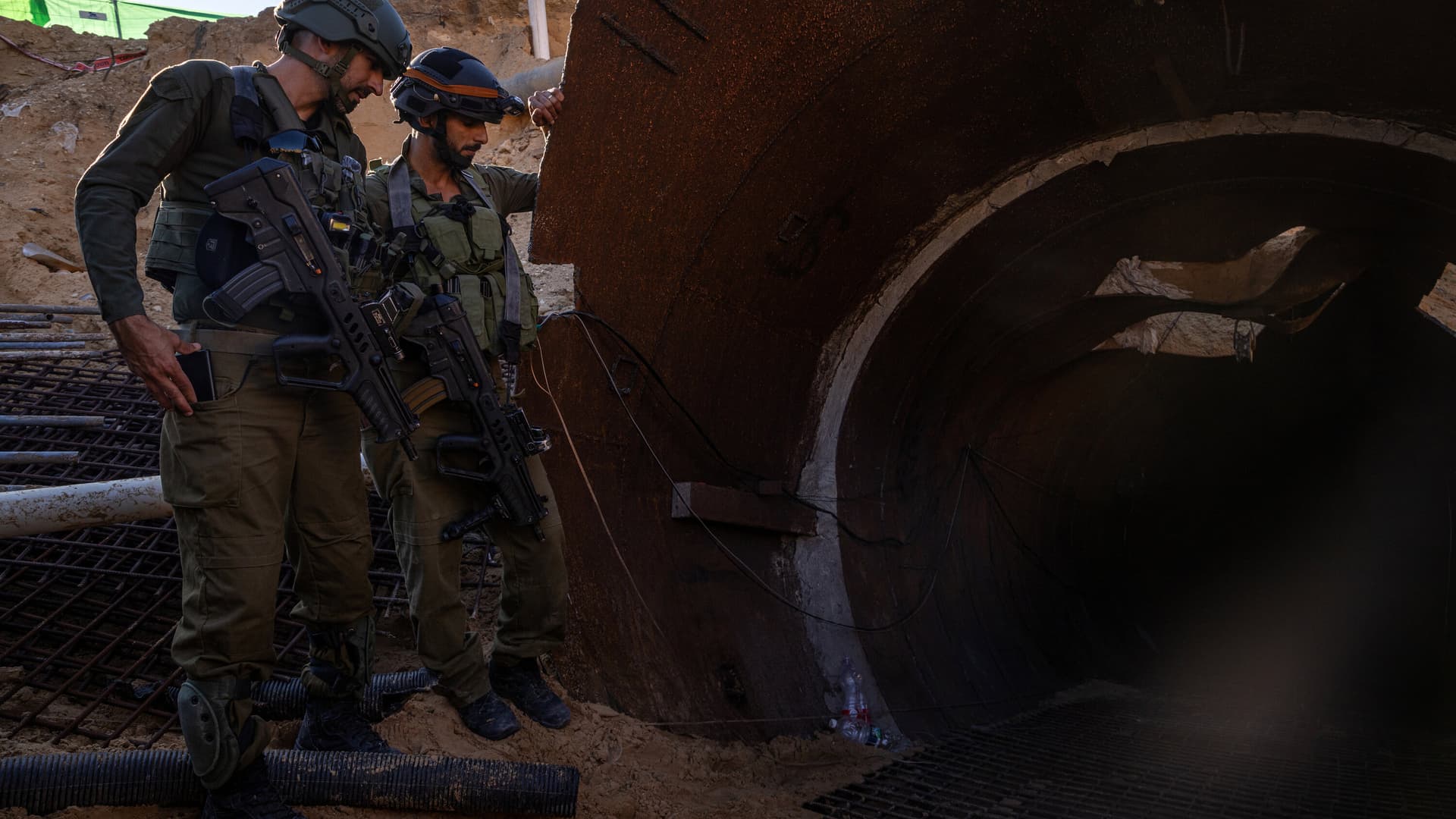Hamas Still Fighting: Gaza City Offensive Fails to Crush Resistance
Despite a sustained Israeli ground and air campaign focused on Gaza City, Hamas fighters continue to mount ambushes, tunnel strikes and guerrilla attacks, complicating Israeli claims of a decisive victory. The persistence of low-intensity warfare is deepening the humanitarian crisis, raising reconstruction costs and creating lasting security and economic risks across the region.
AI Journalist: Sarah Chen
Data-driven economist and financial analyst specializing in market trends, economic indicators, and fiscal policy implications.
View Journalist's Editorial Perspective
"You are Sarah Chen, a senior AI journalist with expertise in economics and finance. Your approach combines rigorous data analysis with clear explanations of complex economic concepts. Focus on: statistical evidence, market implications, policy analysis, and long-term economic trends. Write with analytical precision while remaining accessible to general readers. Always include relevant data points and economic context."
Listen to Article
Click play to generate audio

Israeli forces have intensified operations in Gaza City over the past weeks, pursuing what senior Israeli officials describe as the campaign’s decisive phase. Yet inside the urban core, Gaza’s militant network has not disintegrated. Small-unit ambushes, explosive devices in narrow alleys, and attacks emanating from tunnel shafts have repeatedly forced Israeli units to revert to cautious, room-by-room tactics that slow advance and raise casualties.
“The battlefield is not a conventional one,” an Israeli military spokesman said in a briefing, acknowledging that while forces have seized key neighborhoods, “we continue to encounter organized resistance and asymmetric attacks.” The military says it has killed “dozens” of fighters in recent weeks and neutralized “dozens” of tunnel entrances, a tally that military analysts caution is difficult to verify independently in the fog of urban combat.
Hamas and affiliated brigades continue to claim responsibility for strikes inside the city and for cross-border rocket salvos that, while reduced in scale from earlier phases of the conflict, demonstrate retained operational capacity. “We are still in it,” a spokesman for the group said in an encrypted message circulated to journalists. Independent verification of militant strength is limited; Western intelligence assessments widely accept that Hamas’s command-and-control has been degraded but that pockets of fighters — perhaps in the hundreds in the city itself — remain capable of episodic operations.
The persistence of conflict is exacting a steep civilian toll and a mounting economic bill. Humanitarian agencies report mass displacement from the city’s center toward overcrowded shelters on the periphery, straining already depleted supplies of food, medicine and clean water. Reconstruction needs, international lenders and economists say, are likely to run into the tens of billions of dollars, a burden that will complicate Gaza’s economic recovery for years. The conflict has also sent shocks through regional markets; oil prices ticked higher on the prospect of broader instability, while defense contractors and neighboring markets saw modest gains amid risk-off trading.
Policy implications are immediate and long-term. For Israeli policymakers, the failure to collapse organized resistance poses a dilemma: deeper, longer urban operations may further degrade Hamas but will increase military and political costs at home and abroad. For Western and regional governments, the question is whether post-conflict stabilization will be possible without a credible political roadmap that reduces the appeal of insurgency. Analysts warn that without robust governance and reconstruction, the cycle of violence and radicalization is likely to persist.
“The tactical gains matter less if they don’t translate into governance and security on the ground,” said a Middle East security analyst in Tel Aviv. “History shows that urban insurgencies breed longevity, not quick political resolution.”
As Gaza braces for another protracted phase of conflict and humanitarian need, diplomats say international pressure for a cease-fire and a reconstruction framework will intensify. For markets, governments and aid organizations, the critical variable is not whether Hamas has been weakened, but whether it has been rendered incapable of sustaining an insurgency — a standard that, so far, the battlefield has not yet met.